MSI MAG X670E Tomahawk WiFi in detail
The X670E Tomahawk WiFi motherboard is a combination of the highest-end AMD chipset and a relatively lower price. At least by X670E motherboard standards. In addition to broader connectivity (that’s first and foremost), there’s also PCI Express 5.0 support. The decent VRM is also well prepared to run efficiently with even the most powerful processors that can be used on the AM5 platform.
One of the cheapest motherboards with the X670E chipset, whose south bridge consists of two chips, from which there is a lot to bring out onto the motherboard PCB, came to us for a test. Additionally, in the case of X670 variants with an E at the end (X670E), there is also PCIe 5.0 interface support from the processor, which is currently useful for the most powerful NVMe SSD models, for example, and will come in handy for upcoming graphics cards in the future. That’s the MAG X670E Tomahawk WiFi in a rough outline.
The exact identity and what makes this motherboard different from other, similar ones is traditionally determined by the difference in details. We will focus on these in the next section of this article.
| Parameters | MSI MAG X670E Tomahawk WiFi | |
| Socket | AMD AM5 | |
| Chipset | AMD X670E | |
| Format | ATX (305 × 244 mm) | |
| CPU power delivery | 17-phase | |
| Supported memory (and max. frequency) | DDR5 (7800 MHz) | |
| Slots PCIe ×16 (+ PCIe ×1) | 3× (+ 1×) | |
| Centre of socket to first PCIe ×16 slot | 91 mm | |
| Centre of socket to first DIMM slot | 56 mm | |
| Storage connectors | 4× SATA III, 4× M.2 (1× PCIe 5.0 ×4: 80–110 mm + 3× M.2 PCIe 4.0 ×4: 60–80 mm ) | |
| PWM connectors for fans or AIO pump | 8× | |
| Internal USB ports | 1× 3.2 gen. 2 type C, 4× 3.2 gen. 1 type A, 4× 2.0 type A | |
| Other internal connectors | 1× TPM, 2× ARGB LED (5 V), 2× RGB LED (12 V), jumper Clear CMOS | |
| POST display | no (but has debug LED) | |
| Buttons | Flash BIOS | |
| External USB ports | 1× 3.2 gen. 2×2 type C, 1× 3.2 gen. 2×2 type A, 2× 3.2 gen. 2 type A, 4× 3.2 gen. 1 type A | |
| Video outputs | 1× DisplayPort 1.4 | |
| Network | 1× RJ-45 (2,5 GbE) – Realtek RTL8125BG, WiFi 6E (802.11 a/b/g/n/ac/ax), Bluetooth 5.3 | |
| Audio | Realtek ALC1200 (7.1) | |
| Other external connectors | – | |
| Manufacturer's suggested retail price | 326 EUR |
MSI MAG X670E Tomahawk WiFi
While it’s not a cheap motherboard, when selecting exclusively X670E models, the Tomahawk WiFi is at the start of pricing charts, among the cheapest motherboards.
The PCB design is in ATX format, i.e. with dimensions of 305 × 244 mm. From a certain point of view, this can be a definite advantage over E-ATX models, which require cases to have extra compatibility. However, the X670E Tomahawk WiFi doesn’t have quite as many ports and connectors (as the X670E Ace) as not to fit into the most popular ATX format.
The board doesn’t have too many pompous elements that would make it particularly expensive. No backplate, no ARGB. The emphasis here is mainly on the widest possible connectivity options at the lowest possible price, while the other elements that we’ll get to as we go along are also balanced – appropriately for the price class. For now, though, it’s worth noting again the PCIe 5.0×16 5.0 support you pay the extra for here (compared to X670 boards), and in terms of internal features, the number of M.2 slots for installing SSDs is also above standard. There are up to four of these, all 4-lane ones.
However, only the first M.2 slot has PCIe 5.0 support, which is preinstalled with a larger aluminum cooler weighing 63g. To support SSDs up to 110 mm, it is also longer and can be expected to have higher cooling performance. Not the tallest, it would have to be more articulated, more finned, but still its surface area is quite large.
The coolers on the VRM or on the 17-phase (14+2+1) CPU power delivery are also more robust. They are also aluminum monoliths with some finning, both longitudinally and transversally. The total weight of the VRM coolers is approximately 300 grams (97+204 grams). Boards with even larger/heavier ones are often associated with lower VRM efficiency and higher VRM temperatures. Especially if they are cheaper motherboards.
The X670E Tomahawk WiFi power delivery is built on super-efficient and powerful 80-ampere phases, which incorporate Monolithic Power MP2235 voltage regulators. Their PWM controller is a Monolithic Power integrated circuit, the MPS2223.
The sound chip/codec is ALC1200. Thus, one of the more lauded options that is fitted to boards, although there are no special amplifiers or special capacitors for crystal clear sound around the sound adapter. Sound testing remains one of the things we can’t yet test accurately, but it will come at some point. In fact, we are always working on improving our test methodology.
There are ten USB ports on the rear I/O panel, eight of which are Type-A (two of which are 10-gigabit with support for the 3.2 gen. 2 standard, the rest reach half-speed) and two Type-Cs. While one USB-C connector is faster (3.2. gen. 2×2 standard), the other supports DisplayPort 1.4.
The DP connector is otherwise also brought out separately, and you can also connect the display device to the motherboard via HDMI (2.1). The Ethernet connection is 2.5-gigbit (Realtek RTL8125BG), the wireless network is with WiFi 6 (and BT 5.3) support, and when configuring the audio connectors, MSI has thought of both owners of builds with multiple analogue satellites as well as for users of optical output (S/PDIF).
- Contents
- MSI MAG X670E Tomahawk WiFi in detail
- What it looks like in BIOS
- Methodology: Performance tests
- Methodology: How we measure power draw
- Methodology: Temperature and frequency measurements
- Test setup
- 3DMark
- Borderlands 3
- F1 2020
- Metro Exodus
- Shadow of the Tomb Raider
- Total War Saga: Troy
- PCMark and Geekbench
- Web performance
- 3D rendering: Cinebench, Blender, ...
- Video 1/2: Adobe Premiere Pro
- Video 2/2: DaVinci Resolve Studio
- Graphics effects: Adobe After Effects
- Video encoding
- Audio encoding
- Photos: Adobe Photoshop, Affinity Photo, ...
- (De)compression
- (De)encryption
- Numerical computing
- Simulations
- Memory and cache tests
- M.2 (SSD) slots speed
- USB ports speed
- Ethernet speed
- Power draw without power limits
- Power draw with power limits
- Achieved CPU clock speed
- CPU temperature
- VRM temperature – thermal imaging of Vcore and SOC
- SSD temperature
- Chipset temperature (south bridge)
- Conclusion





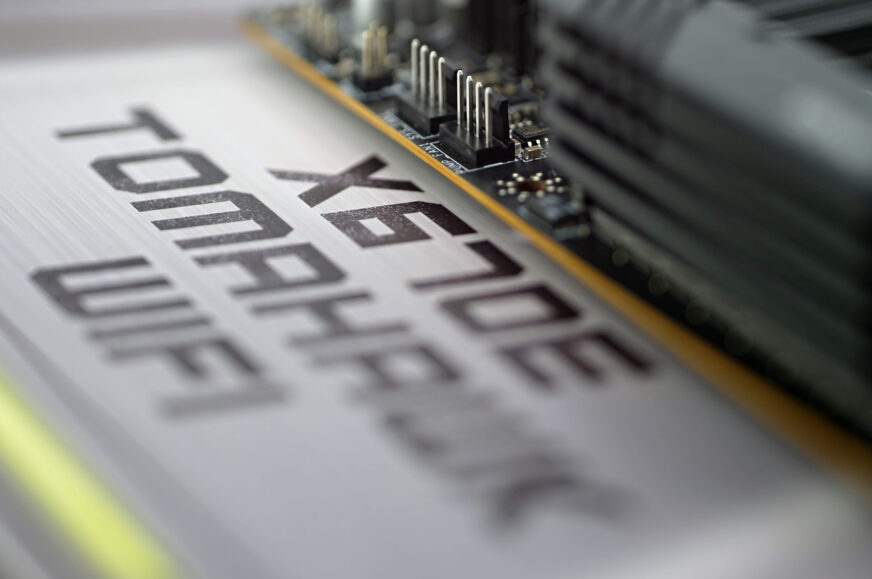
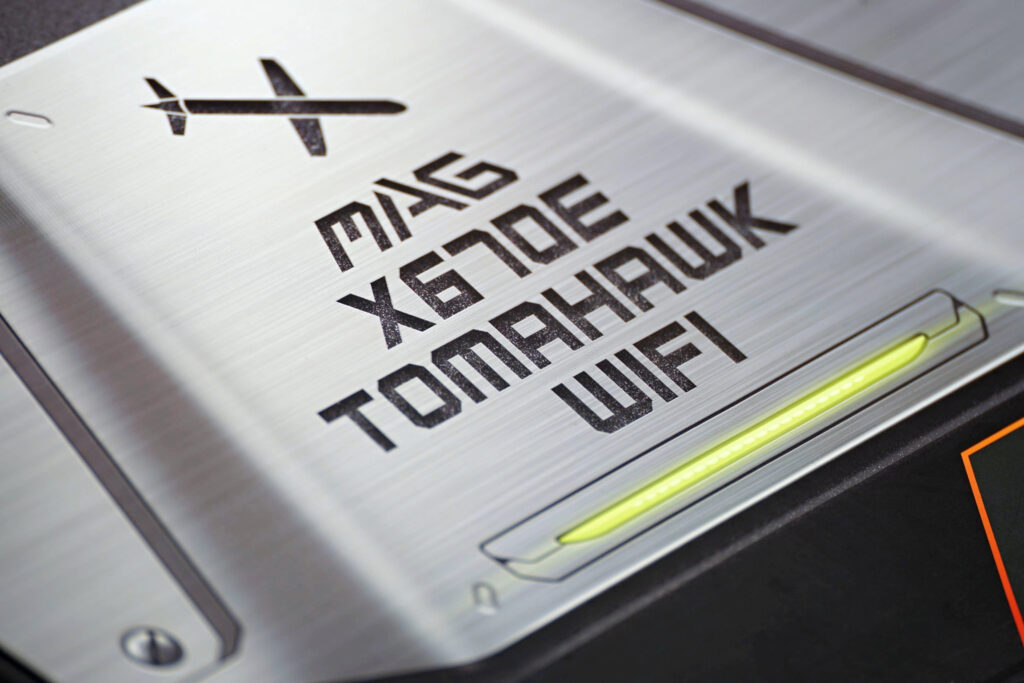
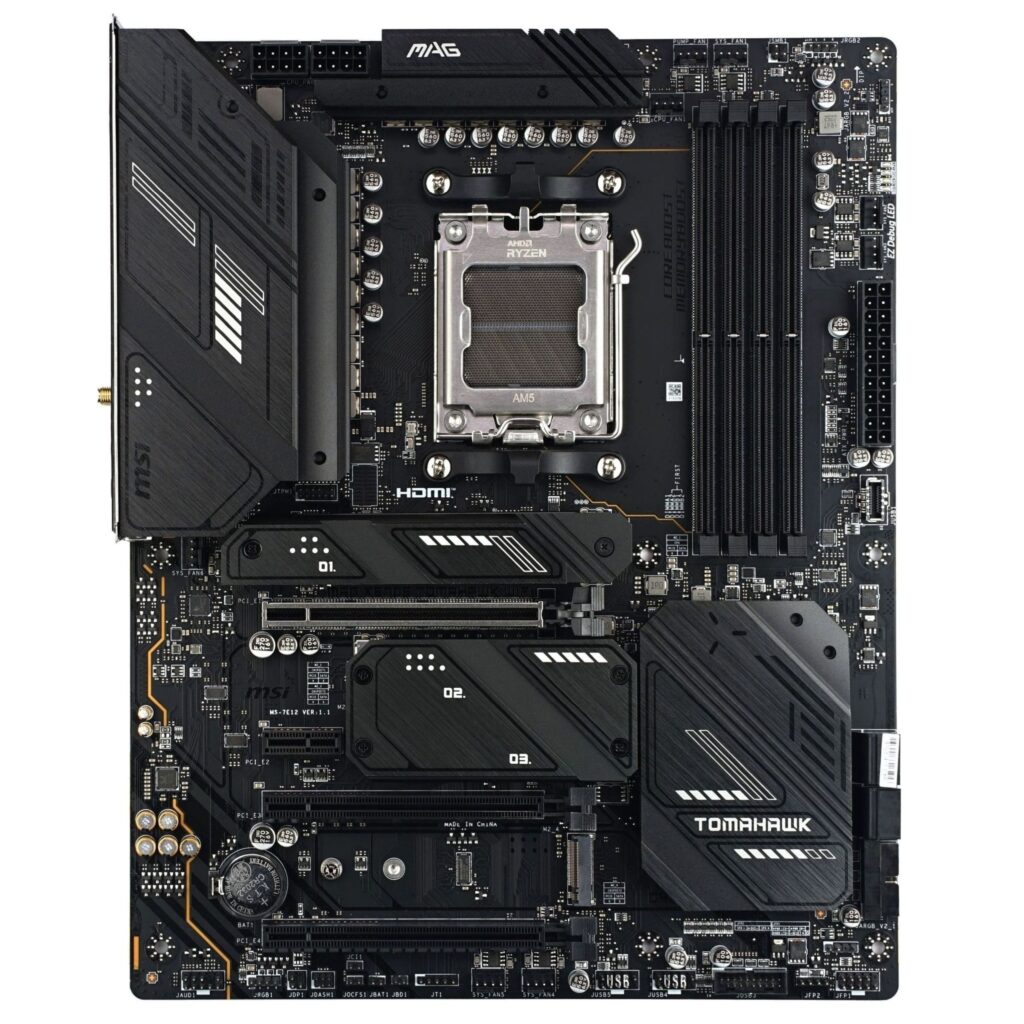

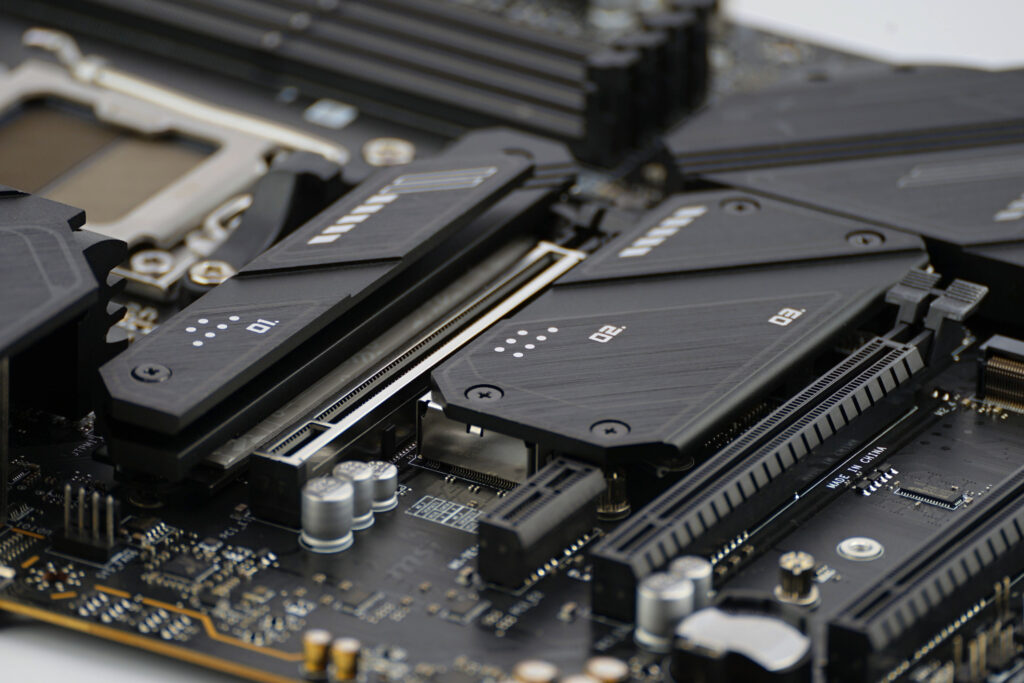
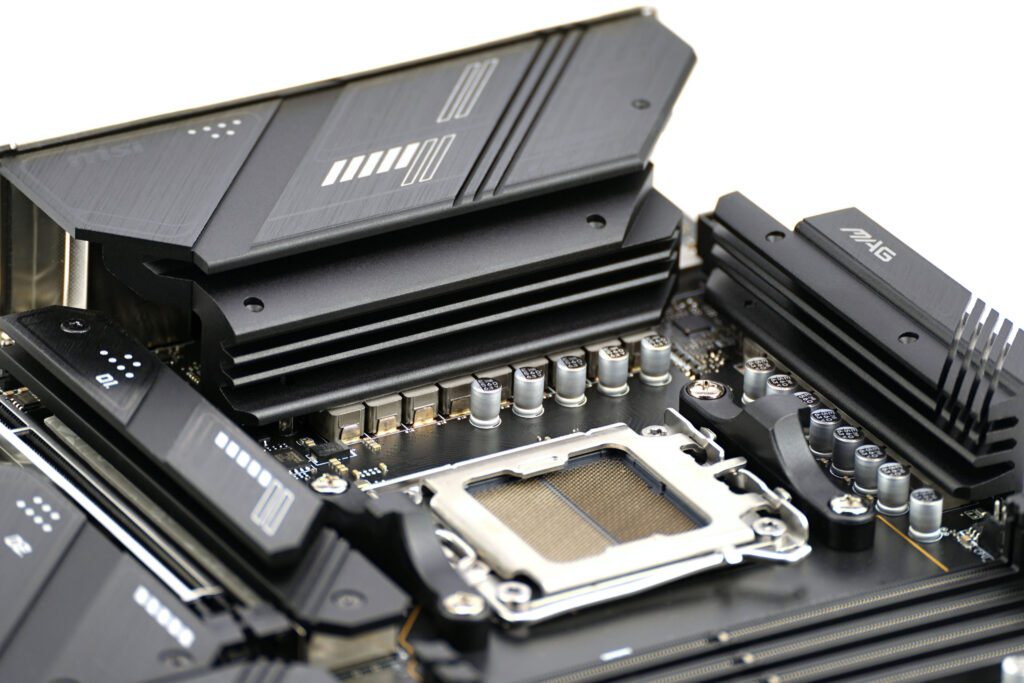
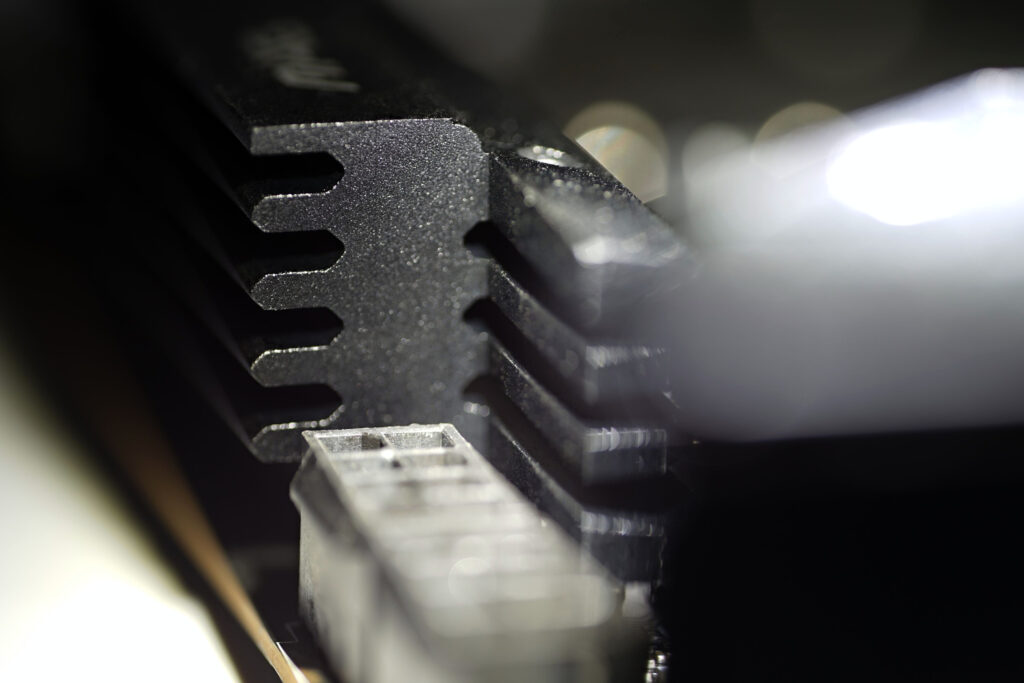
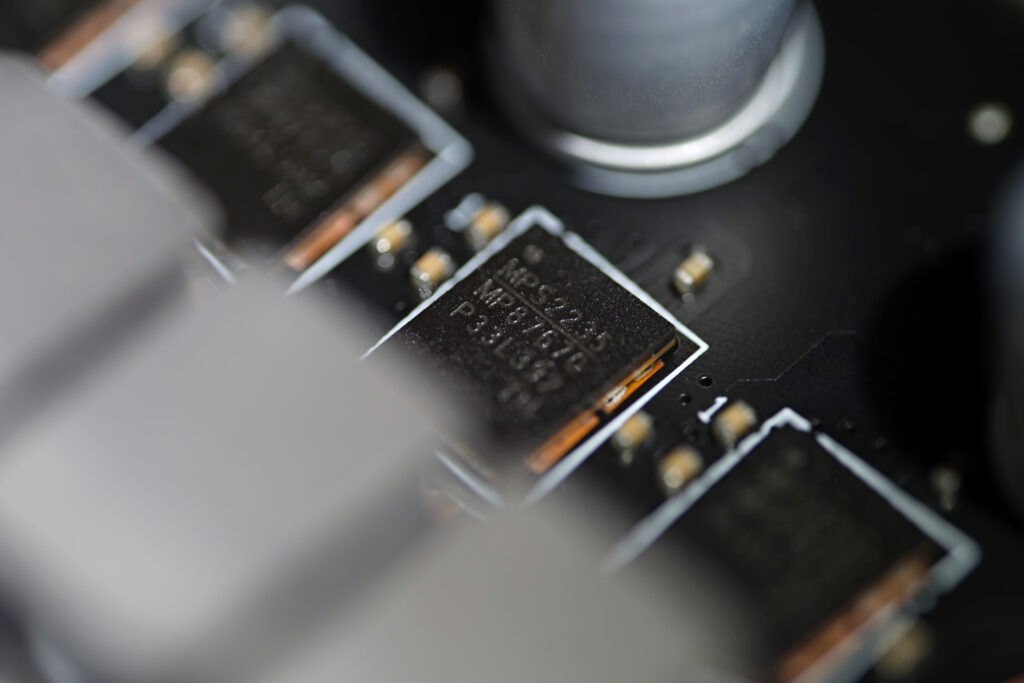
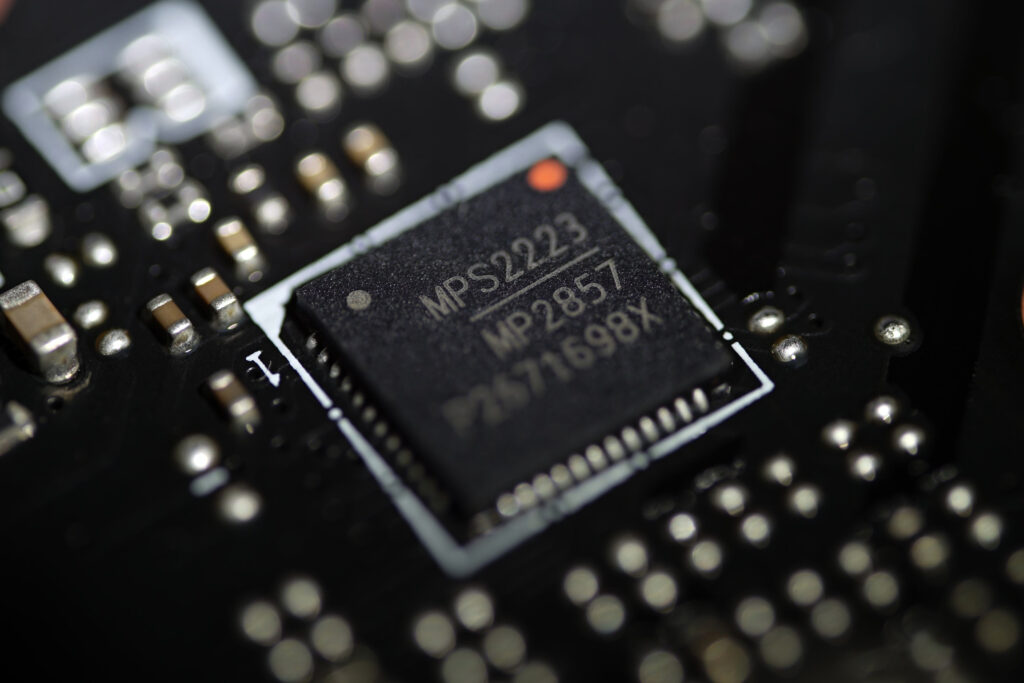
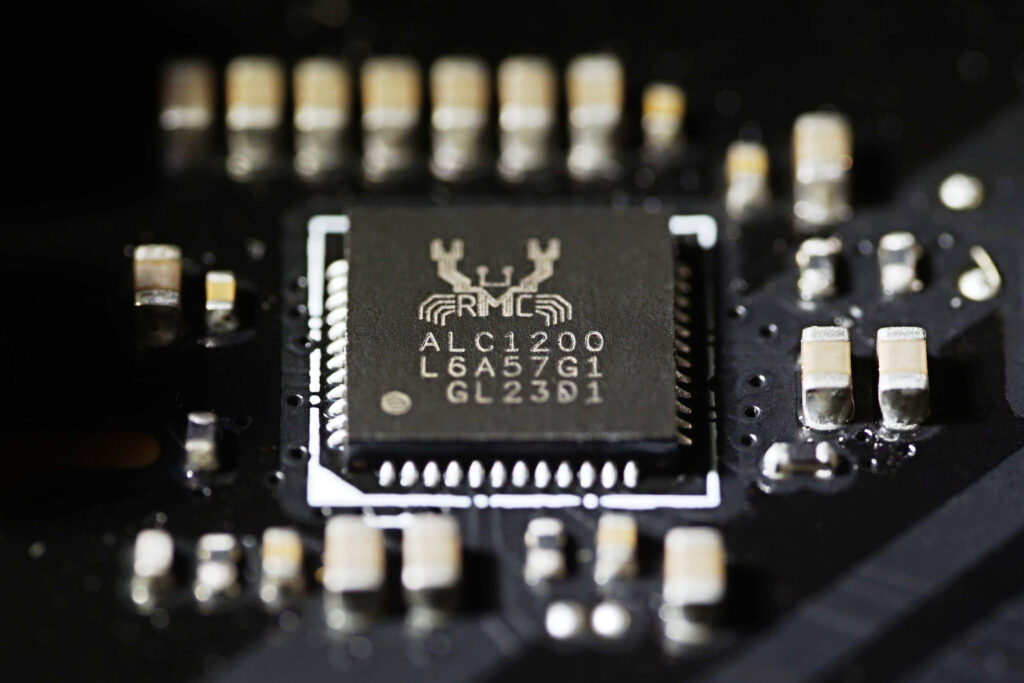







Could you highlight specific examples of the extra features on the MSI MAG X670E Tomahawk WiFi that contribute to its affordability compared to other motherboards in the market? Greeting : Telkom University
It is definitely the weaker feature set that makes this board more affordable compared to the more expensive X670E models. Those (more expensive X670E boards) tend to be built on E-ATX formats, so with a bigger PCB, and precisely to fit more stuff on it. Even among MSI boards, you can compare the features across different price ranges. For example with the X670E Ace tested last year, which costs twice as much (as the X670E Tomahawk WiFi), but is significantly better equipped. Not only in terms of interfaces and connectivity, but the VRM is also more robust. This all adds up to a higher price, but I can’t guess which and to what extent. That’s more a question for those in charge of pricing than for us reviewers. 🙂
PS: In this price class, of course, other manufacturers also have their models and the differences will be in the details according to who gave higher priority to what elements. We always try to discuss this in the technical details analysis in the first chapters of motherboard tests.